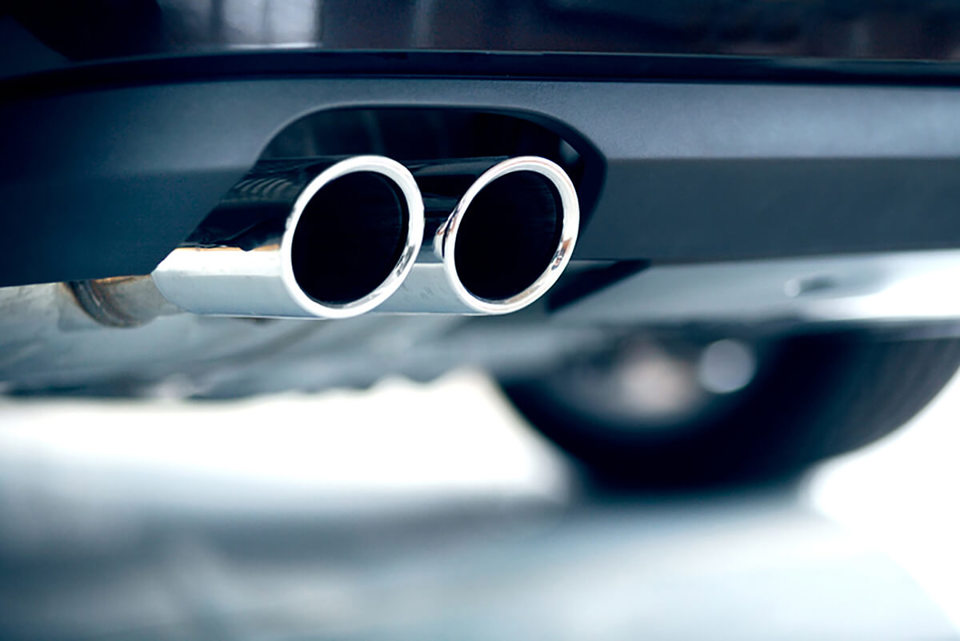The transition to electric vehicles (EVs) – including strategic adjustments by legacy manufacturers and competition from new entrants – could result in fewer choices in vehicle makes and models if manufacturers reduce their UK exposure.
That’s according to the latest projections in Cox Automotive’s Insight Quarterly (IQ), which also warns that vehicle availability could become an issue, with original engine manufacturers (OEMs) choosing to focus on aligning supply with actual demand.
Cox Automotive’s insight director, Philip Nothard, explained: “The evolving landscape is prompting many OEMs to reassess the agency sales model, often delaying its full implementation as they seek greater financial transparency.
“With the shift from traditional ‘push’ to demand-driven ‘pull’ sales, consumers may experience reduced vehicle availability, reflecting OEMs’ focus on aligning supply with actual demand.”
Cox Automotive’s is predicting almost two million new car registrations next year (2025), marking a slight 3.6% increase over 2024.
However, volumes remain 11.6% below the average for 2001-2019 – an indication of sector challenges still to come.
The UK’s reliance on global manufacturers remains significant, with imports comprising 90% of new car registrations.
In 2023, this translated to a record 1.72 million imported units, up 18.6% from 2022, a trend likely to continue through 2025 and beyond.
These import levels underscore how global OEM decisions directly influence the availability of vehicles for UK consumers and fleet operators.
“Although global vehicle production remains high, a growing misalignment between production rates and the UK’s ambitious ZEV targets raises questions about OEMs’ commitment to meeting UK mandates, especially with rising pressure to increase EV sales,” suggested Nothard.
“The industry faces complex trade-offs as it reduces ICE production to meet ZEV goals, setting up 2025 and beyond as a period of significant market transformation.”
Under the Zero Emission Vehicle (ZEV) Mandate, which became law in January, ZEVs must this year make up 22% of an OEM’s new car registrations and 10% of their new van sales, or they will face fines of £15,000 for each vehicle sold outside the target.
These proportions will increase annually until 2030, when they will be 80% and 70% respectively. But the reality of the targets is not as clear-cut as this, as there are several alternative ways for manufacturers to meet compliance.
These are intended to mitigate risks associated with product investment cycles and uncertainty regarding sales volumes.
Ministers are holding crunch talks with manufacturers with factories in the UK this week, but look unlikely to weaken targets despite mounting pressure from the industry.
Tipping point in 2027
Cox Automotive predicts a tipping point in 2027 as the market further shifts away from internal combustion engines.
Diesel and mild hybrid electric vehicle (MHEV) registrations are projected to drop from 6% in 2024 to just 3% by 2027, a 56.8% decline.
Petrol/MHEV registrations are expected to decrease from 51% to 35%. Conversely, battery electric vehicle (BEV) registrations are projected to rise from 21% to 34%, a substantial 165.4% increase, with plug-in hybrid electric vehicle (PHEV) and hybrid electric vehicle (HEV) registrations increasing from 22% to 28%.
Nothard concludes: “By 2027, we expect to see a pivotal shift in the UK automotive landscape as the industry moves decisively away from internal combustion engines.
“With diesel and petrol vehicle shares set to decline sharply, and battery electric vehicles projected to make up over a third of new registrations, the market is clearly accelerating toward an electrified future.
“These changes underscore the need for adaptable strategies as both manufacturers and consumers embrace a new era in mobility.”




















Login to comment
Comments
No comments have been made yet.